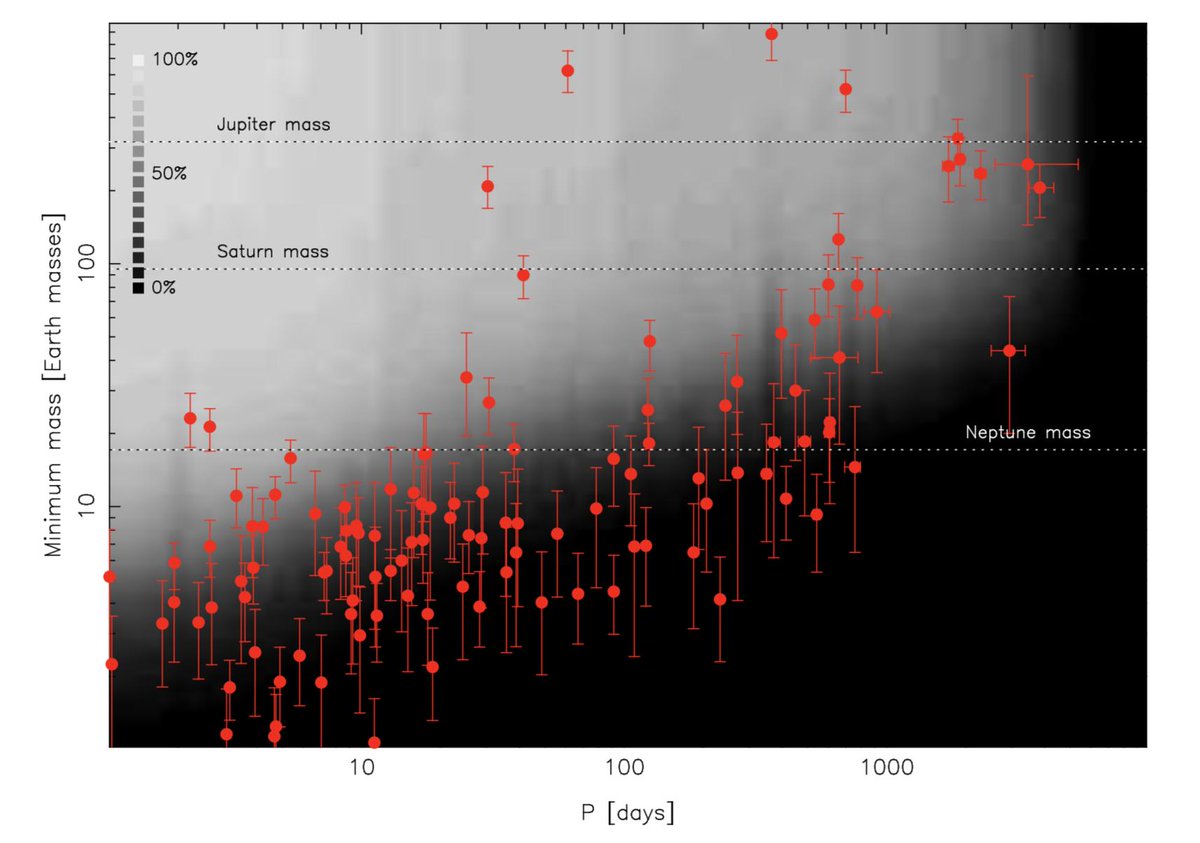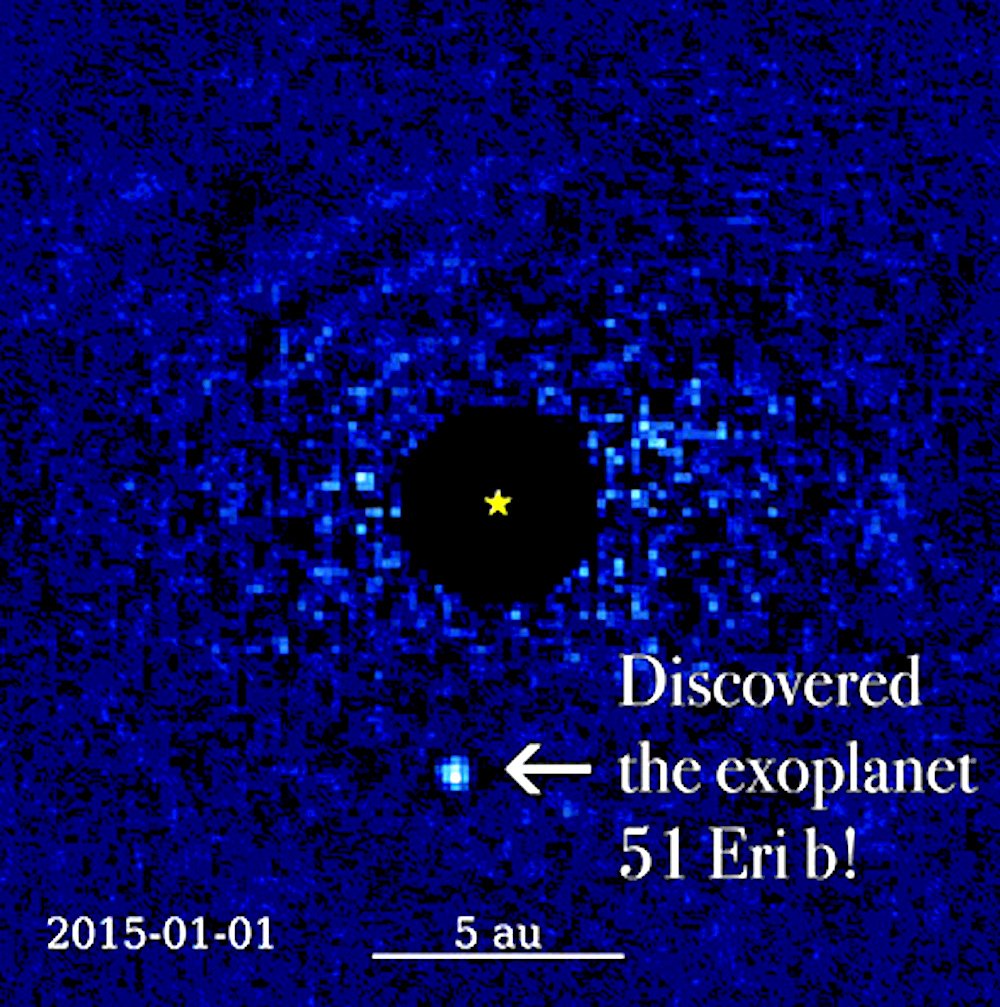
Remember the "mystery hut" spotted by China's Yutu-2 rover on the far side of the Moon? Now we've seen it up close. Behold...a Moon rock. mp.weixin.qq.com/s/VgtehRidYL8-… 



Reminder: When you apply a lot of imagination to an image at the very edge of resolution, you're going to "see" all kinds of strange things. The Face on Mars was a classic of this genre. 



Fortunately, the universe is full of genuine mysteries. We still don't know for sure whether there is life on Mars!
• • •
Missing some Tweet in this thread? You can try to
force a refresh







